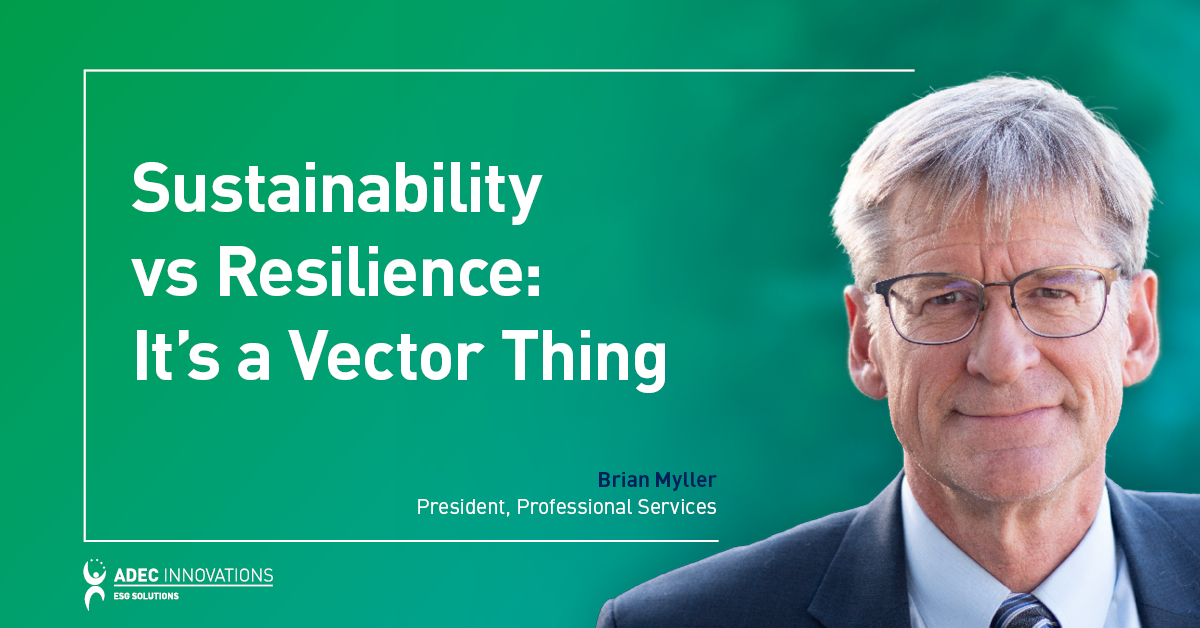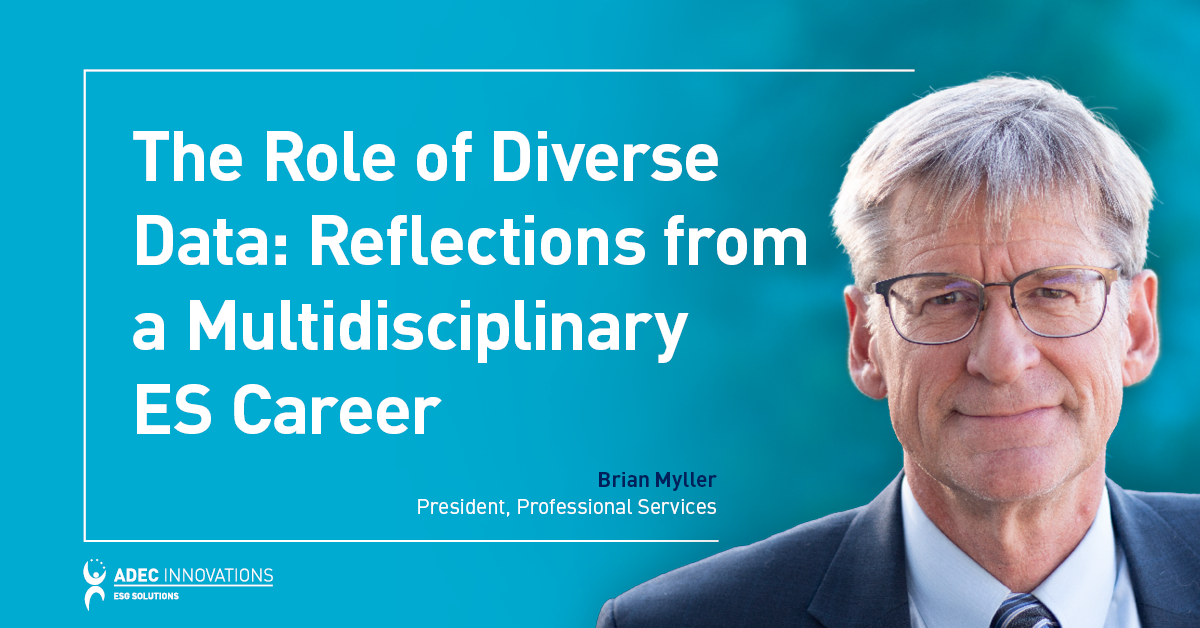An estimated 4 billion people—equivalent to approximately 54 percent of the world’s overall population—reside in cities. The global urban population is projected to escalate to 66 percent by 2050. The UN, however, claims that the current rise in cities’ populations is unsustainable. Many cities do not have enough resources to sustain the projected population growth. Cities experience sustainability issues such as pollution, public health problems, overcrowding and social instability. These issues can lead to resource depletion and potentially low worker productivity, which can cause greater inefficiencies within cities that impact productivity.
Environmental planning is an effective tool for cities to become more sustainable. Environmental planning considers the environmental, social, political, economic, and governance factors that affect development, including urban development. By addressing the issues related to these factors, environmental planning assists cities becoming more resilient against shocks like population growth and natural disasters. When cities are resilient, their gains, including thriving business sectors, are protected.
How environmental planning can lead to resilient cities:
Better Housing
Many people from rural areas migrate to cities in search of better economic opportunities. Local governments, however, often do not have enough resources to accommodate the influx of rural-urban migrants. Unable to find decent housing, many rural-urban migrants are forced to live in low-income neighborhoods. According to UN-Habitat’s Slum Almanac 2015/2016, roughly 1 billion people are currently living in slum-like conditions.
As some low income urban housing areas are poorly planned, constructed, and maintained, residents are vulnerable to disease outbreaks and natural disasters. Disease outbreaks can render people unable to work, which can result in poverty. Natural disasters can destroy properties and livelihoods. Environmental planning can help prevent these outcomes through safer, well-planned, affordable housing opportunities.
With proper environmental planning, affordable housing can be constructed in improved locations, eliminating the need for affordable communities to be built in areas with numerous constraints. Successful environmental planning can also ensure that affordable housing communities are properly built to building code requirements that meet adequate sanitation requirements as well.
Reduced Traffic Congestion
Traffic congestion is another serious problem affecting cities across the globe. It can lead to reduced productivity and wasted resources. When people have to spend long hours travelling to and from work or school, they spend less time at work or study, possibly resulting in lower productivity and morale. Traffic congestion also causes delays in the delivery of goods and services, as well as higher fuel costs, which could mean lower profits and higher expenditures for businesses. According to road traffic and driver services data firm Inrix, “[the] average US commuter spends 42 hours in traffic per year and loses [USD] $1,400 idling away gas.”
Successful environmental planning can reduce traffic congestion in cities through a number of ways. One way is by developing an efficient mass transport system. One of the main reasons behind traffic congestion is the number of cars on the road. An efficient mass transport system can reduce the need for people to drive single-occupant vehicles, resulting in lower traffic congestion and faster travel times for people. Other ways include developing a rail network and bus services; building complete streets and cycling infrastructure; and incorporating pedestrian-friendly sidewalks and spaces in an urban environment. These solutions can increase business and worker productivity.
Resilient Cities Are Good for Business
Urbanization is an inevitable part of modern life. Urbanization does not have to come at the expense of the environment or people’s well being. With the right environmental planning, cities can avoid massive losses brought about by unsustainable urbanization. When cities avoid these losses, they have more resources that they can devote to improving their various sectors, including businesses. Thriving businesses will then allow people to adequately meet their needs and become more productive in a livable, workable, and sustainable environment.
ADEC ESG is a leading provider of sustainability solutions, with expertise in delivering fully-integrated consulting, software and data management services. To stay current on global sustainability issues, subscribe to our monthly newsletter, GreenWatch.




